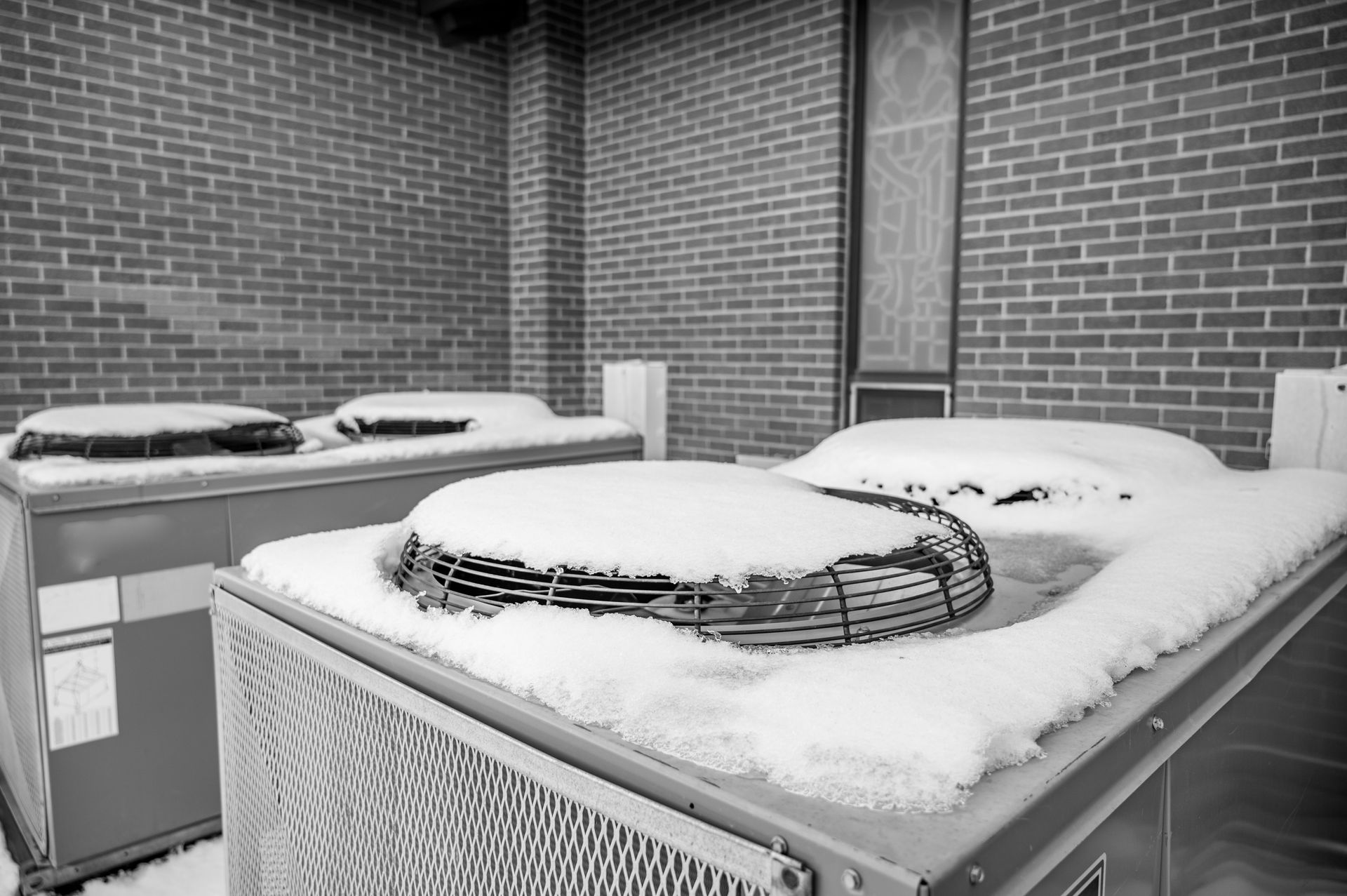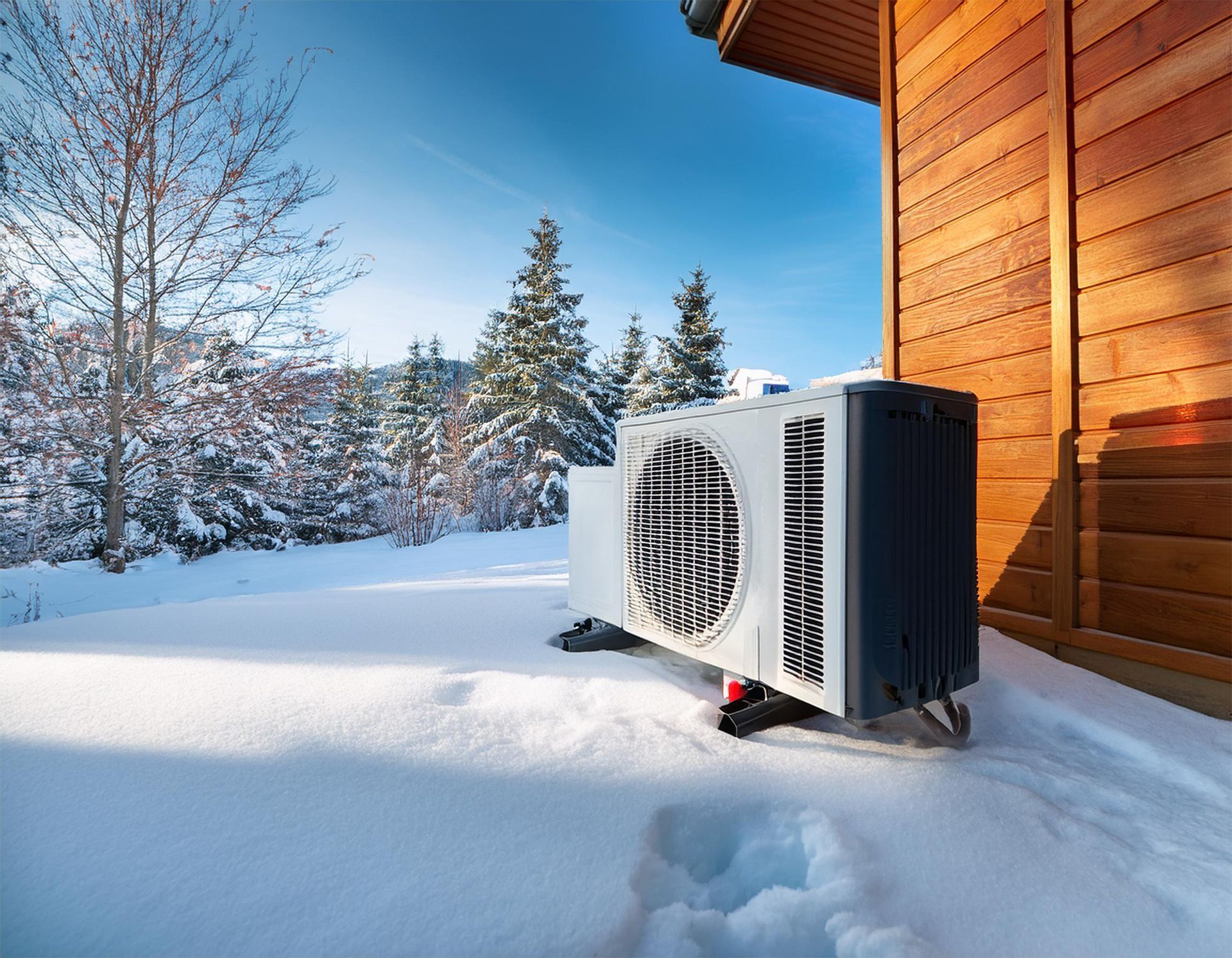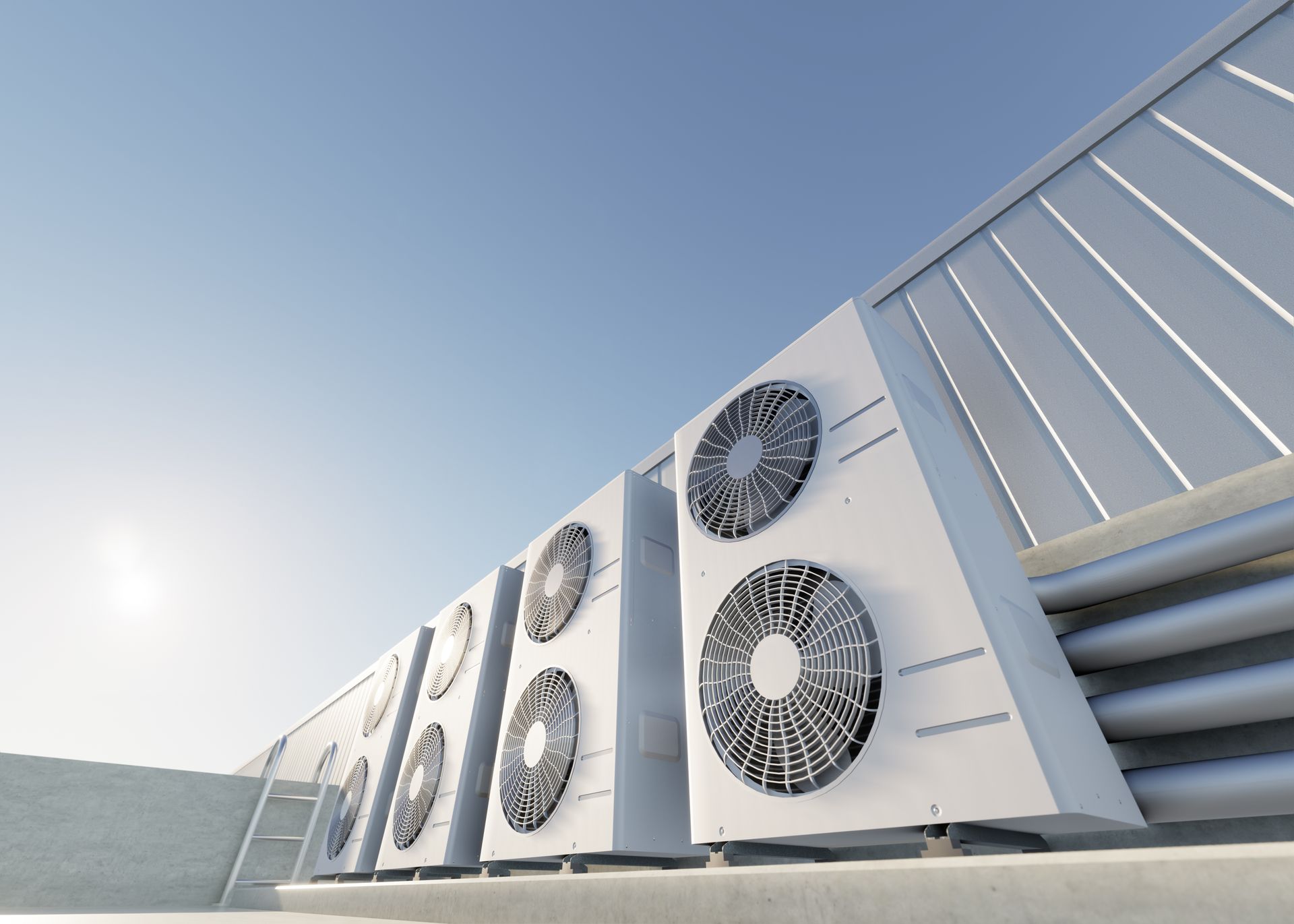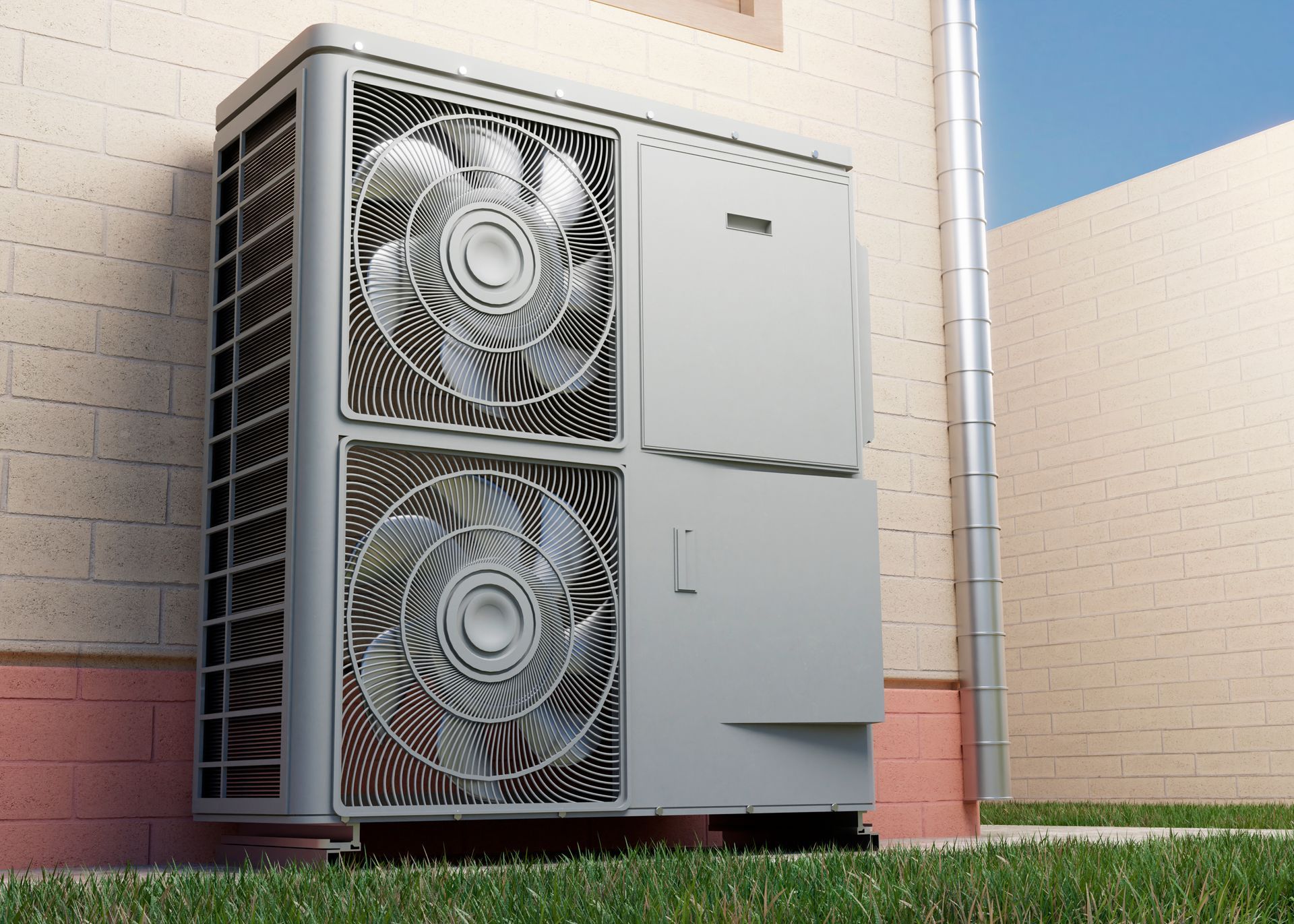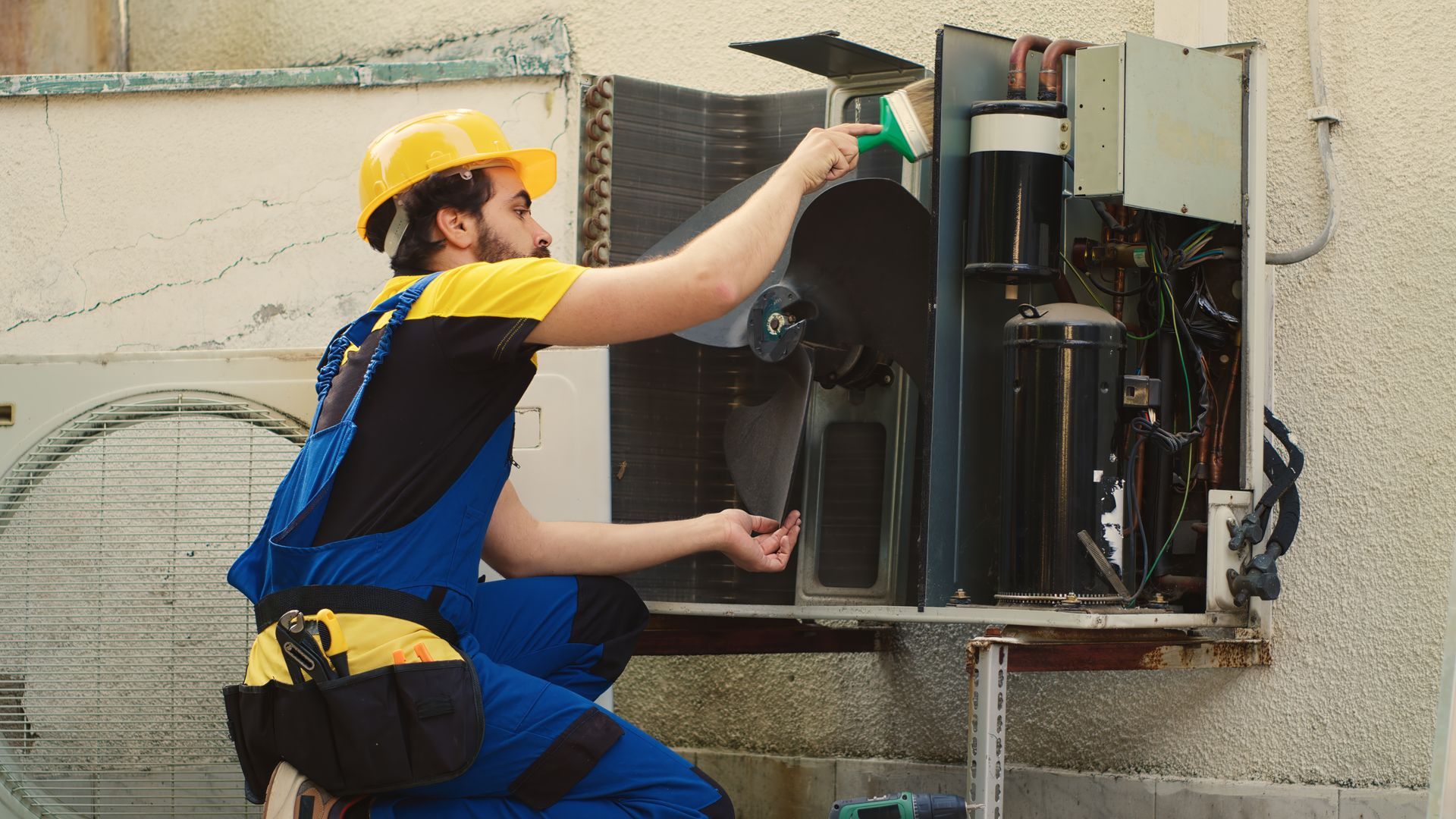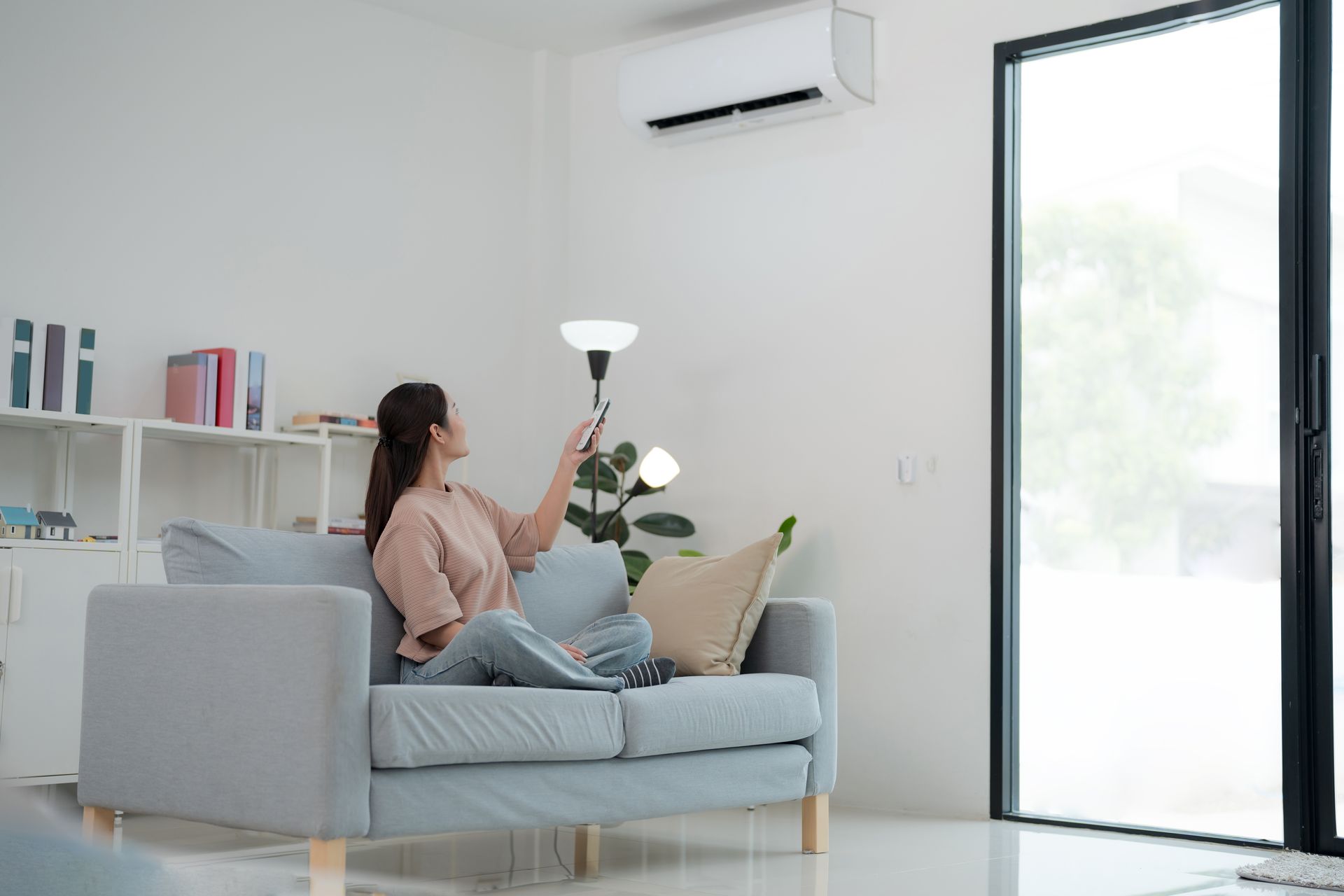The Role of Proper Thermostat Placement: Maximizing Comfort and Efficiency in Your Home
A thermostat plays a crucial role in maintaining the comfort and efficiency of your home's heating and cooling system. Proper thermostat placement is essential to ensure accurate temperature readings and optimal system performance. In this blog post, we will discuss the importance of proper thermostat placement, the best location for your thermostat, and tips for maximizing comfort and efficiency in your home.
Why Proper Thermostat Placement is Important
1. Accurate temperature readings: Thermostats measure the temperature of the surrounding air to determine when your heating or cooling system needs to turn on or off. If the thermostat is placed in an area with fluctuating temperatures or drafts, it may provide inaccurate readings, leading to poor system performance and discomfort.
2. Energy efficiency: Incorrect thermostat placement can cause your heating and cooling system to work harder than necessary, leading to increased energy consumption and higher utility bills. Proper placement helps maintain consistent temperatures throughout your home, improving energy efficiency.
3. Comfort: Proper thermostat placement ensures that your home remains comfortable all year round, providing an even distribution of heat or cool air.
Best Location for Thermostat Placement
When determining the best location for your thermostat, consider the following factors:
1. Central location: The thermostat should be placed in a central location within your home, ideally on an interior wall. This helps to ensure accurate temperature readings and even distribution of heat or cool air throughout your home.
2. Avoid drafts: Thermostats should not be placed near doors, windows, or vents, as drafts can cause inaccurate temperature readings.
3. Away from direct sunlight: Exposure to direct sunlight can cause the thermostat to register a higher temperature than the actual room temperature, resulting in unnecessary cooling or heating.
4. Avoid heat-producing appliances: Thermostats should not be placed near heat-producing appliances, such as ovens, stoves, or televisions, as these can cause the thermostat to register a higher temperature and trigger unnecessary heating or cooling.
5. Ideal height: The ideal height for a thermostat is approximately 5 feet above the floor, as this is the average height at which most people experience the room's temperature.
Tips for Maximizing Comfort and Efficiency with Thermostat Placement
1. Program your thermostat: Programmable thermostats allow you to set different temperatures for different times of the day, helping to reduce energy consumption and maintain a comfortable environment.
2. Use ceiling fans: Ceiling fans can help distribute cool air during the summer months and push warm air down during the winter months, improving overall comfort and efficiency.
3. Seal drafts: Sealing drafts around doors and windows can help maintain consistent temperatures throughout your home, reducing the strain on your heating and cooling system.
4. Regular maintenance: Regular maintenance of your heating and cooling system, including changing filters and scheduling annual tune-ups, can help ensure optimal performance and efficiency.
5. Insulation: Proper insulation can help maintain consistent temperatures throughout your home, reducing the need for your heating and cooling system to work harder than necessary.
Proper thermostat placement is essential for maintaining comfort and efficiency in your home. By following the tips and guidelines outlined in this blog post, you can ensure that your thermostat is placed in the best location for optimal performance.
If you need assistance with thermostat placement, or if your heating and cooling system is not performing as it should, the experts at Meridian Air Conditioning & Heating LLC are here to help. Contact us today to schedule an appointment or to learn more about our services.

